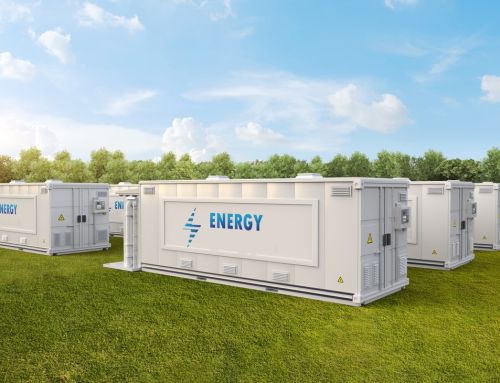1. Basic Principle: At their core, PMGs operate based on Faraday’s law of electromagnetic induction. This law states that a change in the magnetic field within a closed loop of wire induces an electromotive force (EMF) in the wire. Simply put, when a magnetic field moves relative to a conductor (or vice versa), it generates an electric current in that conductor.
2. Permanent Magnets: What sets PMGs apart from other generators is the use of permanent magnets. Traditional generators use electromagnets (coils of wire which need to be powered by an external source to produce a magnetic field). In contrast, PMGs use permanent magnets, which naturally produce a magnetic field without requiring any external power.
3. Rotation and Magnetic Flux: For electricity to be generated, there needs to be relative motion between the magnets and the coil. In most PMGs, this is achieved by mechanically rotating the magnets around the coil or the coil around the magnets. When the magnets rotate, they create a changing magnetic field. This change in magnetic flux induces an electric current in the coil.
4. Advantage of No External Excitation: Since PMGs use permanent magnets, they don’t need an external power source to excite the magnetic field (as is the case with traditional generators). This absence of external excitation reduces the overall energy consumption of the generator and enhances its efficiency.
5. Scalability and Versatility: PMGs can be designed in various sizes and configurations, making them suitable for a wide range of applications, from small-scale domestic uses to larger industrial settings.
6. Direct Current (DC) Output: PMGs typically produce direct current (DC) because of the consistent polarity of the permanent magnets. If alternating current (AC) is needed, the design can incorporate an inverter to convert the DC output to AC, or the PMG can be designed in such a way that the magnetic field polarity switches as it rotates.
Advantages of PMGs Over Traditional Generators:
-
Efficiency: PMGs are generally more efficient because they don’t lose energy in the process of exciting an electromagnet.
-
Simplicity: With fewer moving parts and the absence of external excitation systems, PMGs are simpler in design, which can lead to reduced maintenance needs and longer operational lifespans.
-
Reliability: Permanent magnets are stable and reliable, ensuring a consistent performance over time.
In summary, Permanent Magnetic Generators harness the power of permanent magnets to generate electricity. Their simplicity, efficiency, and adaptability make them an attractive alternative to traditional renewable energy solutions.








